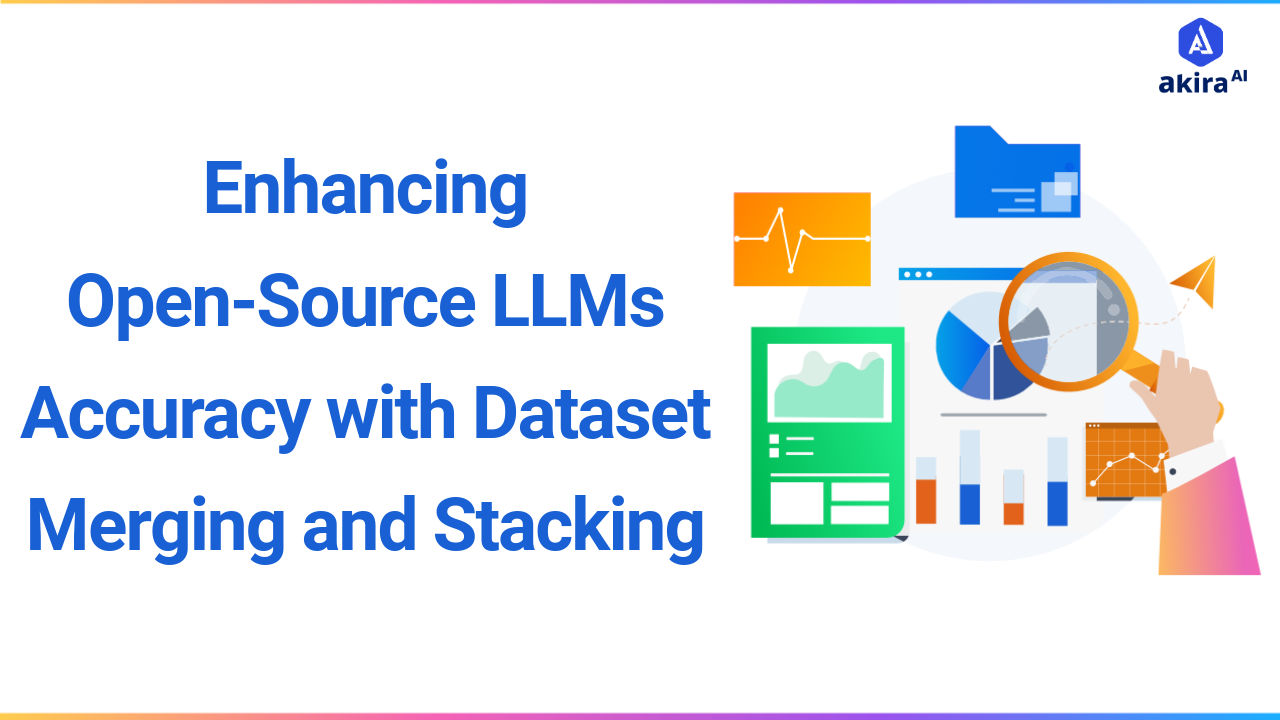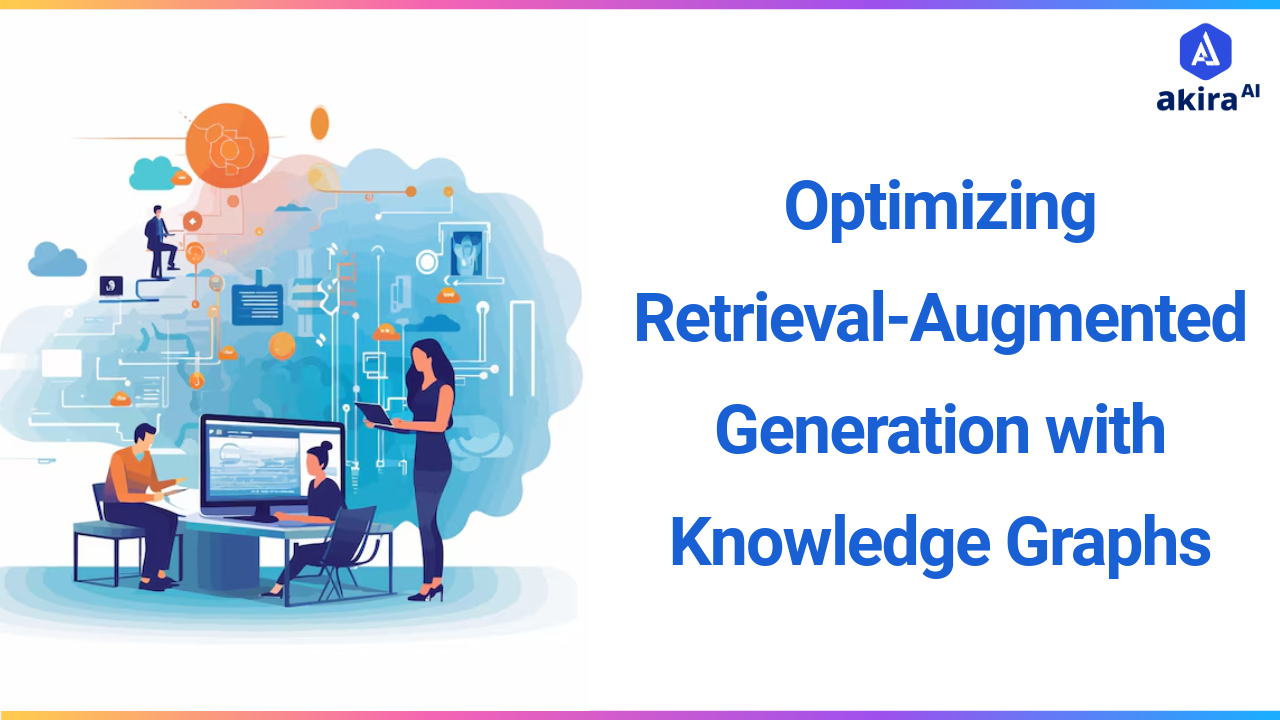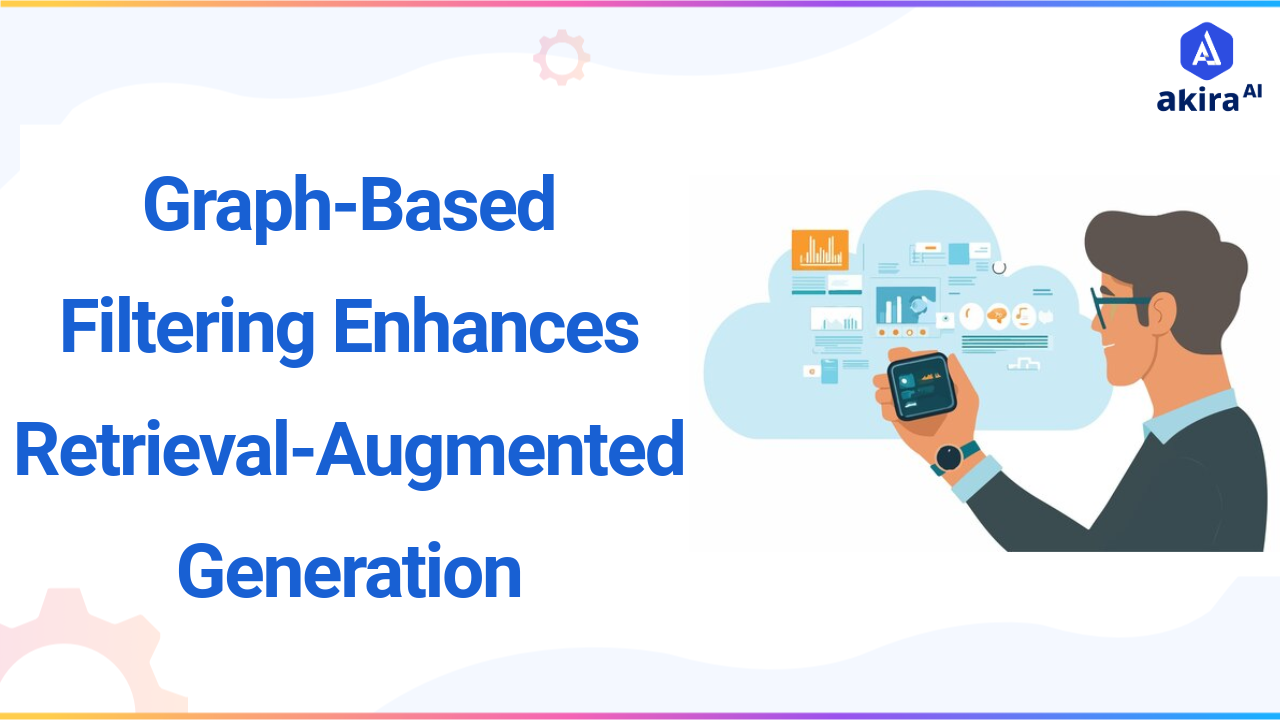In the rapidly evolving landscape of AI Agents systems, Retrieval-Augmented Generation (RAG) has emerged as a powerful technique that combines the capabilities of large language models (LLMs) with external data retrieval to improve the relevance and accuracy of responses. Unlike traditional LLMs, which rely on static training data, RAG systems dynamically access external knowledge bases, databases, or indexed documents to provide updated and domain-specific responses.
However, in agent-powered systems, the blend of model-driven responses with real-time data retrieval introduces unique security vulnerabilities, such as unauthorized data access, prompt injection, and information leakage. To prevent these security risks, it is critical to understand and implement a well-rounded security strategy for RAG applications. This blog delves into these security risks and outlines comprehensive measures to secure RAG applications effectively.
Security Considerations for RAG Applications
What is the RAG Application?
RAG is a type of AI architecture that generates responses based on real-time retrieved contexts. Unlike models that rely on static training data, RAG can pull specific information from various sources, and for this reason, it's used to improve the response precision. For example, it could pull the most recent product information from the knowledge base about some product to answer what the user is inquiring about.
Why secure RAG Application?
These applications hold a significant security concern because of their interactive nature, especially when dealing with sensitive or private data. Unlike the traditional language models, RAG applications directly access real-time data through which they can respond to questions in the context of domain-specific information. Such direct access to data coupled with the interpretive nature of language models opens many doors to security vulnerabilities some of which are:
-
Prompt Injection Attack: The attackers can prepare a harmful prompt so that they can inject malicious instructions into the language model. Using systems that include RAG, the injection of malicious prompts might make the agent provide unauthorized or perform unintended actions. This could be a prompt prepared to fetch data with a secret instruction incorporated hence the agent will print sensitive or irrelevant data.
-
Data Privacy Issues: Applications in RAG rely on access and retrieval of information from external databases. Such external databases might contain confidential or sensitive information. Such applications may leak unauthorized data if not well managed. Incorrect or retrieval permissions may result in unintended data leaks.
-
Tag spoofing: Many RAG applications have tagging prompts to be used in manipulating the structure and the most probable response type from the LLM. Tag spoofing occurs when attackers introduce some unauthorized tags that are formatted like trusted ones, therefore tricking the system into taking the input as authentic. For example, the attacker can add tags around the sensitive information that are stated as <trusted> or <secure>.
-
Input Manipulation: The attackers can use either base64 or HTML encoding so that the malicious instruction is not easily identified by the prompts. Not having a check for proper encoding of input lets such encoded instructions pass through the filters until they get decoded and interpreted by the model.
-
Augmentation of the prompt template: This is an advanced attack in which it attempts to get the model to augment its template. For example, LLM can be challenged to change its persona before receiving malicious instructions to complete its initialization.
Best Practices for Securing RAG Applications
RAG applications are multi-layered consisting of various components working in coordination. The following are some of the key best practices for effectively securing RAG applications:
Guardrails in Prompt Engineering: Implement prompt engineering techniques to enforce guardrails to set boundaries by forming prompt structures with control phrases including <question>, and control phrases such as <answer> on which the model works while writing its outputs hence reducing chances of unwanted replies. Embedding these guardrails will ensure a rigid and strict response that strictly forms a response limit through control of unwanted behaviors thereby preventing injections of prompts.
Salted tags to prevent tag spoofing: The randomly generated sequence-like <secure-12345> tags are appended to XML-like tags in prompts. Then it is less likely that attackers will gain the right repetition or predictive tags. It reduces the risk of injecting unwanted instructions under a false cover by using trusted inputs.
Input filtering and encoding control: Strip encoded instructions or suspicious characters. The constraint on the formats of inputs towards prompts, such as the prohibition on base64 or HTML-encoded input, is an additional layer of protection against attackers that exploit encoding schemes and inject malicious commands.
Role-Based Access Control (RBAC): Role-based permissions can deny data access by using role-based permission. RBAC is the most integral in applications that handle personal data or proprietary information because such a system prohibits unauthorized users from accessing parts of the database.
Data Encryption and Isolation: All data, vector embeddings, and retrieved content from databases should be encrypted to prevent unauthorized access. Sensitive data repositories should be isolated in separate environments, such as a Virtual Private Cloud (VPC), for better security and protection of data in case of a breach against unauthorized actors.
Train LLM to identify the threats: Apart from this, we can train the LLM using general patterns associated with malicious prompts. These instructions will tell the LLM to check all the user queries for the most significant indicators of dangerous behavior. When it detects any threat patterns, it is programmed to respond with a warning message, such as "Prompt Attack Detected."
Secure RAG System Architecture
The following architecture illustrates a secure RAG application, detailing the flow from user input to model response, integrated with security layers to mitigate threats.
1. Agent: It acts as an interface for user queries, based on LLM and features RAG in giving the context.
2. Prompt Engineering Layer: Format user questions into safe prompt templates with powerful prompt engineering.
i) Guardrails. It uses prompt engineering techniques and tags like <question> and <answer> for control of output format and against unwanted responses.
ii) Salted Tags: Tags adopt random values like <secure-12345> so that no one can replicate or emulate the trusted input.
3. Model LLM: It generates answers to topics posed by users and retrieves corresponding data from the knowledge base.
i) Response Filtering: Ensure the responses are on structured prompts and contain no extraneous data.
ii) Threat detection: It has been trained to alert on suspicious prompt patterns, and it detects the cases. In case of any malicious pattern, it responds with warnings.
4. Knowledge Retrieval Layer: To access the databases or vector storage for obtaining data, as needed, according to a given model.
i) RBAC: Only an authorized user can access sensitive information.
ii) Data Encryption: Data encryption occurs that will retrieve vector embeddings and prevent unauthorized access while being transferred or stored.
5. Vector Database / Knowledge Base: Stores required data and documents based on prompts or responses issued by the LLM.
i) Data isolation: This isolates sensitive data through a Virtual Private Cloud or similar against unauthorized actors.
6. Post-processing layer: Final checking of any output generated from the model for return to end-users.
i) Threat Detection: It detects some injection patterns of prompts or suspicious data behaviors, hence giving alerts for anomalies.
ii) Centralized logging with SIEM: All activities are logged into a Security Information and Event Management system, which detects abnormal behavior and allows for a prompt response.
Key Benefits of RAG Application
Integrating secure practices into RAG applications offers several significant advantages, including:
-
Better Data Security: A RAG application protects access to sensitive data by using encryption, access control, and isolation, from unauthorized accesses.
-
Improved Accuracy: This ensures that the agent will know how to prevent false or misleading responses that may be served from manipulated prompts, ensuring prompt engineering and input formatting structure.
-
Cost Effectiveness: Proper security measures prevent financial loss that one may experience due to some security breaches, data leakage, or system downtime.
-
Scalable Compliance: A RAG system offers data privacy compliance that is comparable to the GDPR, HIPAA, and CCPA. This makes it most valuable for businesses dealing with sensitive user data. It supports encryption, RBAC, and logging in demonstrating compliance.
-
Increased User Trust: It instills confidence in its users through the care for their information responsibly, which it provides by giving attention to security.
Practical Applications of Secure RAG
Secure RAG applications are revolutionizing various industries by ensuring that sensitive data is handled responsibly while providing real-time insights and support.
-
Finance: RAG-enabled customer service agents in banks depend on safe information retrieval to deliver accurate account information in real-time and maintain the highest standards of privacy.
-
Manufacturing: RAG accesses complex machinery repair manuals that have a repair and can make them available for less downtime.
-
Healthcare: In health care, agents with secured RAG enable doctors to access any protected patient medical records or guidelines after compliance with HIPAA.
-
E-commerce: Customer service agents fetch and deliver updated product information with personal customer information safely handled.
-
Education: Agents retrieve and provide safe academic content information and hence achieve compliance with data protection policies.
Security Innovations in Akira AI
Akira AI is an advanced Agentic AI platform, through which users can create and deploy intelligent agents that can be custom-tailored to specific business needs. The platform offers pre-built security integrations specifically for RAG applications, supporting industry best practices:
Role-Based Access Control: Only specific users are allowed to get access to certain data sources
Automated Prompt Injection Detection: Automatically detects any anomaly in patterns of prompts.
Data Encryption and Isolation Protocols: Encrypts and isolates sensitive data, integrating with secure databases.
Real-Time Monitoring: It integrates with SIEM for continuous anomaly detection and incident response in real-time monitoring.
Challenges Faced in the Implementation of RAG Applications
The implementation of secure RAG applications holds the potential to enhance data retrieval and decision-making processes. However, this process is fraught with challenges including:
-
Balancing Performance and Security: Adding security measures may affect the RAG application with respect to speed and responsiveness. It risks putting data retrieval with high-security configurations.
-
Implementation Costs: An RAG application requires investments in security tools, access control infrastructure, encryption mechanisms, and skilled cybersecurity professionals which may lead to high costs.
-
Complexity in Multi-Tenant Environments: Managing security in multi-tenant environments, where multiple clients or departments access the same RAG system, presents additional complexity.
-
Evolution for templates of prompts: RAG applications must adapt prompt templates to address emerging security threats, such as evolving prompt injection methods or new encoding techniques.
-
Privacy Compliance: Data privacy regulations add extra complexity to the process because organizations must implement particular security measures to meet requirements like GDPR's right to be forgotten or HIPAA's data protection standards.
Evolving Trends in the RAG Application
The landscape of technology is continually shifting, driven by innovations that enhance functionality, security, and user experience across various sectors.
-
Cross-Platform Security Standard: This will help keep interoperability, easier configurations, and consistent security practices from diverse deployment environments for the organizations.
-
Advanced Defense Mechanisms: New defense mechanisms, such as adversarial filtering and prompt sanitization techniques, are being developed to counteract sophisticated prompt injection and adversarial attacks. These advancements could enable RAG systems to identify and neutralize potentially harmful inputs.
-
Federated learning: Federated learning allows the models to learn from decentralized data sources, which in turn provides privacy by training the models on local devices rather than centralized servers.
-
Decentralized RAG Architectures: Emerging decentralized architectures for RAG based on blockchain may help eliminate single points of failure and facilitate more resilient security frameworks.
-
Multi-Agent Coordination: This would promote the security of RAGs by dispersing the execution of data retrieval and validation for responses among particular agents that may monitor one another's actions and crosscheck retrieved data for integrity.
Conclusion: Securing RAG Applications
Securing RAG applications requires a structured approach to prevent data breaches, unauthorized access, and prompt injection attacks. By implementing practices like robust prompt engineering, secure data storage, and real-time monitoring, organizations can mitigate RAG-specific risks. Looking forward, advancements in federated learning and multi-agent systems promise to enhance RAG security, offering more resilient and scalable AI solutions for a range of industries.
Next Steps with Agentic RAG System
Talk to our experts about implementing a proactive approach to RAG application security, leveraging Agentic Workflows and Decision Intelligence to enhance threat detection, automate security processes, and optimize IT operations for improved efficiency and responsiveness.


